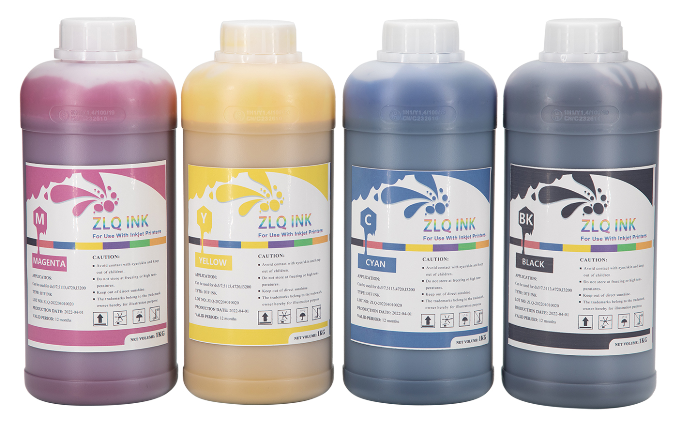

1. Equipment selection:
• Printer: Epson printhead printers are commonly used, such as Epson 13200, DX5/DX7, 5113, 4720, XP600, I3200 and other printhead printers. These printers can adapt to DTF ink well to ensure the accuracy and quality of printing. For small digital printing companies or personal studios, small desktop DTF printers are also a good choice, which has the advantages of easy operation and small footprint.
• Powder shaking machine: used to evenly sprinkle hot melt adhesive powder on the printed pattern. There are two types of powder shaking machines: manual and automatic. Manual powder shaking machines are suitable for small batches or personalized customization, and the operation is relatively flexible; automatic powder shaking machines are suitable for large-scale production, which can ensure the uniformity and efficiency of powder spreading.
• Dryer: After powder spreading, the pattern needs to be dried to remove the moisture in the ink and hot melt adhesive powder to ensure the subsequent pressing effect. The temperature and drying time of the dryer need to be adjusted according to the characteristics of the ink and hot melt adhesive powder.
• Pressing machine: used to transfer film with patterns and hot melt adhesive powder to textiles or other materials. The temperature, pressure and pressing time of the pressing machine are key factors affecting the transfer effect. The general temperature is 150-170 degrees Celsius and the time is 8-15 seconds.

2. Ink selection:
• Color selection: DTF ink usually has white ink and color ink. White ink is mainly used for base and to improve the hiding power of the pattern, while color ink is used to present rich colors. General color combinations include black (BK), cyan (C), magenta (M), yellow (Y) and white (WH).
• Quality considerations: High-quality DTF ink has the advantages of no nozzle clogging, low dosage, high color reproduction, clear edges, high hiding without sublimation, soft feel, and high water resistance. When choosing ink, consider the stability, compatibility and protection of the ink to the nozzle.
3. Printing process:
• Pattern design and layout: Use professional design software or printing software to design and layout the pattern according to the size and shape of the object to be printed. Ensure that the resolution and size of the pattern meet the printing requirements.
• Printing operation: Print the designed pattern on the coated PET film through the printer. The printing order is color first and then white to ensure the color and covering effect of the pattern.
• Dusting: Take the printed pattern out of the printer and sprinkle hot melt adhesive powder evenly. You can use a manual or automatic powder shaking machine to operate. Ensure that the hot melt adhesive powder covers the ink-containing pattern part and is evenly distributed.
• Drying: Put the powdered pattern into the dryer for drying to remove the moisture in the ink and hot melt adhesive powder. The drying time and temperature are adjusted according to the characteristics of the ink and hot melt adhesive powder.
• Pressing transfer: Place the dried pattern on the object to be transferred, such as textiles, leather, plastic, etc., and use a pressing machine for pressing transfer. The temperature, pressure and pressing time of the pressing machine need to be adjusted according to the material and the size of the pattern to ensure that the pattern can be firmly transferred to the object.
• Peeling: After the pressing is completed, wait for a moment for the pattern to cool down, and then peel the PET film from the object to complete the DTF ink printing. Depending on the type of hot melt adhesive powder and the transfer effect, you can choose hot tearing, cold tearing or warm tearing.